Hydroponic farming is an amazing way to produce food, and the Netherlands has perfected it. The Netherlands is the world’s leader in hydroponic agriculture, with over 10% of the country’s greenhouse vegetables being grown using this method. In this article, we explain why hydroponic farming is so popular in the Netherlands and how it impacts the country’s economy.
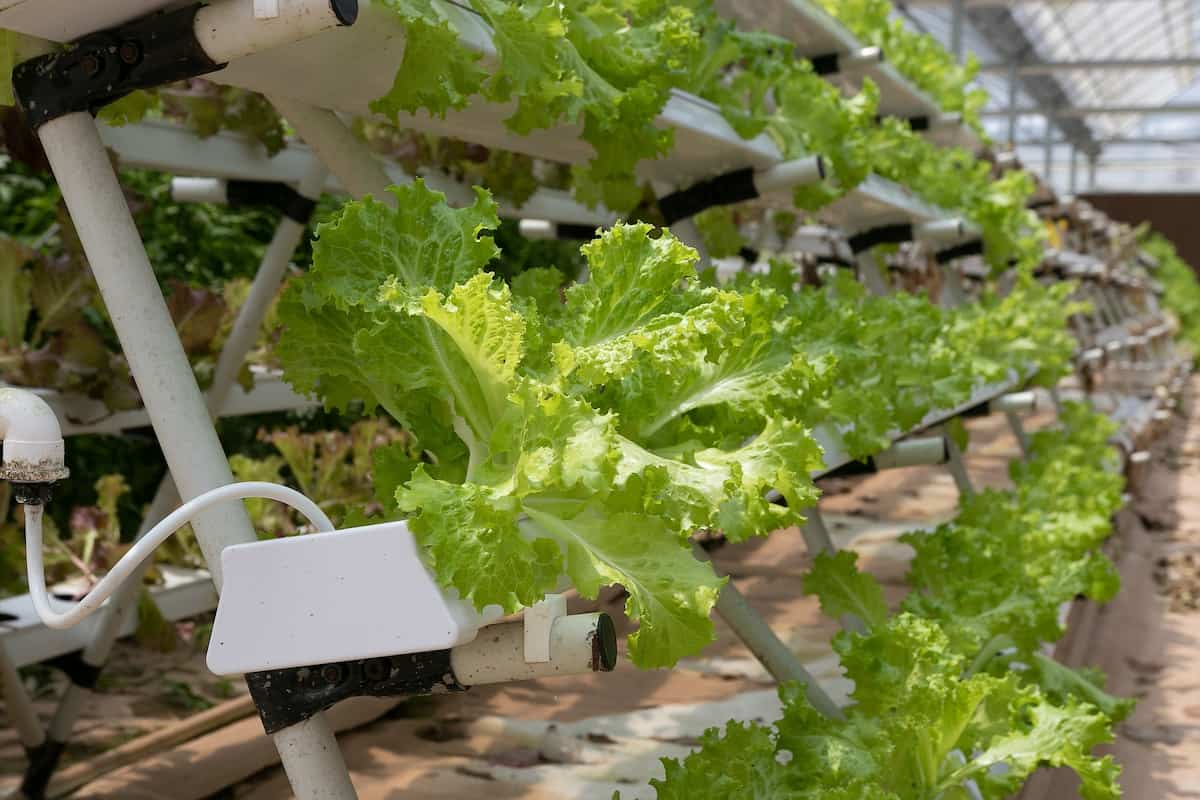
How to start hydroponic farming in the Netherlands
What is hydroponic farming?
It is a type of agriculture where plants are grown in water instead of soil. This type of farming has many benefits over traditional farming, including increased yields, reduced water usage, and reduced pesticide and herbicide use. In addition, hydroponic farms are typically located indoors, which allows for year-round production.
Benefits of hydroponic farming
- There are many benefits of hydroponic farming, but some of the most notable ones are that it requires less water than traditional farming methods, it can be done indoors without the need for natural sunlight, and the plants grown using hydroponics tend to have a higher yield. Additionally, hydroponic farms can be set up in various locations, including urban areas with limited space.
- Hydroponic farming in the Netherlands has several advantages over traditional farming methods. One of the biggest advantages is that hydroponic farms use far less water than traditional farms.
- Hydroponic farming allows for a higher yield of crops in a smaller space than traditional farming. In addition, hydroponic farms use less water than traditional farms and can be located closer to population centers. This results in fresher food that requires less energy to transport.
- Another benefit of hydroponic farming is that it allows farmers to grow crops all year round. This is because the plants are grown in a controlled environment where temperature and humidity can be carefully regulated.
- Lastly, hydroponic farms have a much higher yield than traditional farms. This is because the plants are grown in ideal conditions and are not subject to pests or diseases.
Are hydroponic farms profitable in the Netherlands?
Yes, hydroponic farms can be profitable in the Netherlands. The country has a long history of horticulture and a favorable climate for growing crops, making it an ideal location for hydroponic farmers. In addition, there are numerous advantages to setting up a hydroponic farm in the Netherlands, including:
The Netherlands’ proximity to major European markets means that farmers can get their products to market quickly and efficiently. The country’s well-developed infrastructure makes establishing and operating a hydroponic farm easy. The Dutch government offers financial incentives for farmers who switch to sustainable farming methods like hydroponics.
In case you missed it: How to Start Organic Farming in the Netherlands: Crops, Schemes, Business Plan, Cost, and Profit
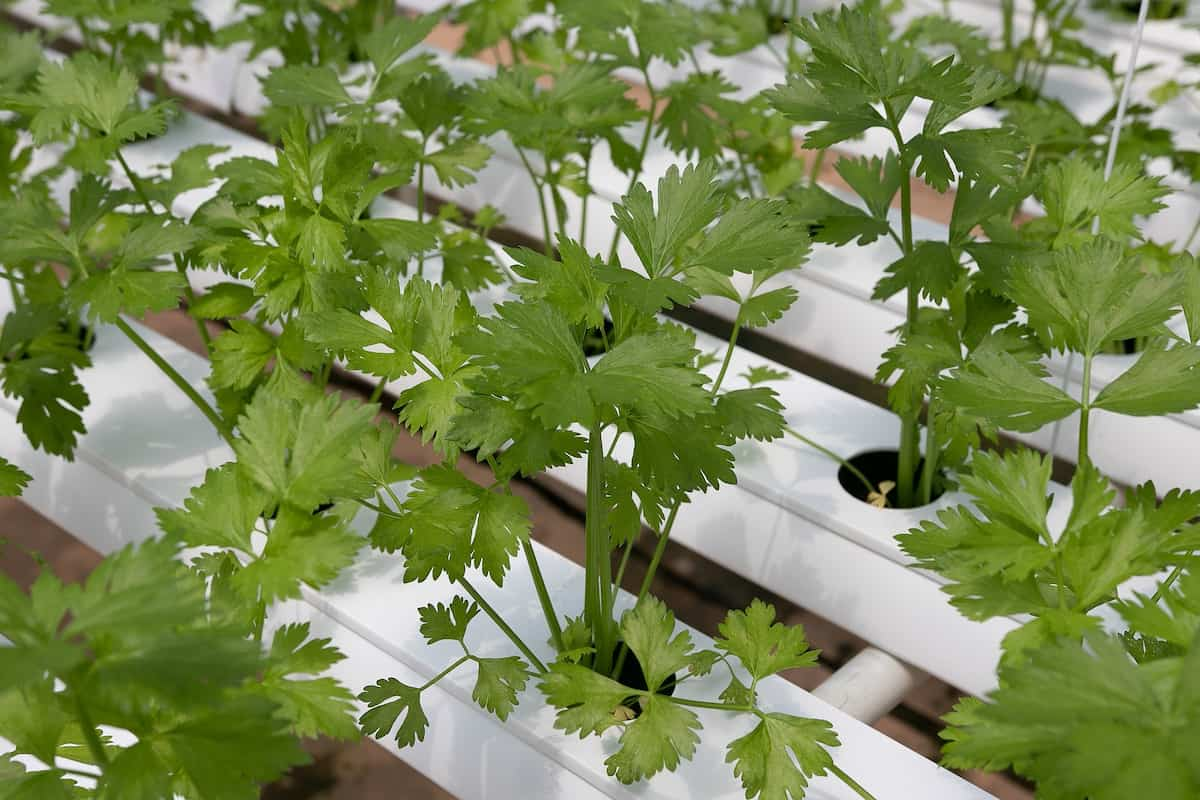
Steps to start and set up your hydroponic farming in the Netherlands
Setting up a hydroponic farm in the Netherlands is a great way to get into agriculture without dealing with soil. The Netherlands has a long history of hydroponic farming, and many resources are available to help you get started. Below are tips on how to start and set up your hydroponic farm in the Netherlands.
Choose the right location
Hydroponic farms can be set up indoors or outdoors, but you’ll need to ensure that your chosen location has enough sunlight and ventilation. Also, if setting up an outdoor farm, ensure the area is free from flooding risks.
Decide on the type of system you want
There are different hydroponic systems, so do some research to find the one that best suits your needs. You’ll also need to decide what type of plants you want to grow, as different systems are better suited for different plants.
Gather the necessary supplies
Once you’ve decided on the system you want to use, gather all the necessary supplies. This includes everything from growing medium and nutrient solution to grow lights and irrigation tubing.
Set up your system according to the instructions
This step is critical for ensuring that your system works properly and doesn’t cause any problems with your plants. Ensure you follow all instructions carefully, and don’t hesitate to ask for help if you’re unsure about anything.
Hydroponic farming at home in the Netherlands
Hydroponic farming at home in the Netherlands is a great way to have fresh, healthy produce all year round. With some planning and basic equipment, you can easily set up your hydroponic system and start growing your own food. One of the great things about hydroponic farming is that you can do it indoors, so even if you live in a small space or don’t have a lot of outdoor space, you can still grow your food. In addition, hydroponic systems use much less water than traditional farming methods, so they’re more efficient and sustainable.
If you’re interested in starting your hydroponic farm at home in the Netherlands, you’ll need a few things to get started. Firstly, you’ll need to choose a location for your system. Choosing a place with plenty of sunlight and good ventilation is important. You’ll also need to purchase basic equipment, including grow lights, pots or trays, an air pump, and hoses or tubing. Once you have your equipment set up, you’re ready to start growing!
In case you missed it: How to Start Organic Farming in the Netherlands: Crops, Schemes, Business Plan, Cost, and Profit
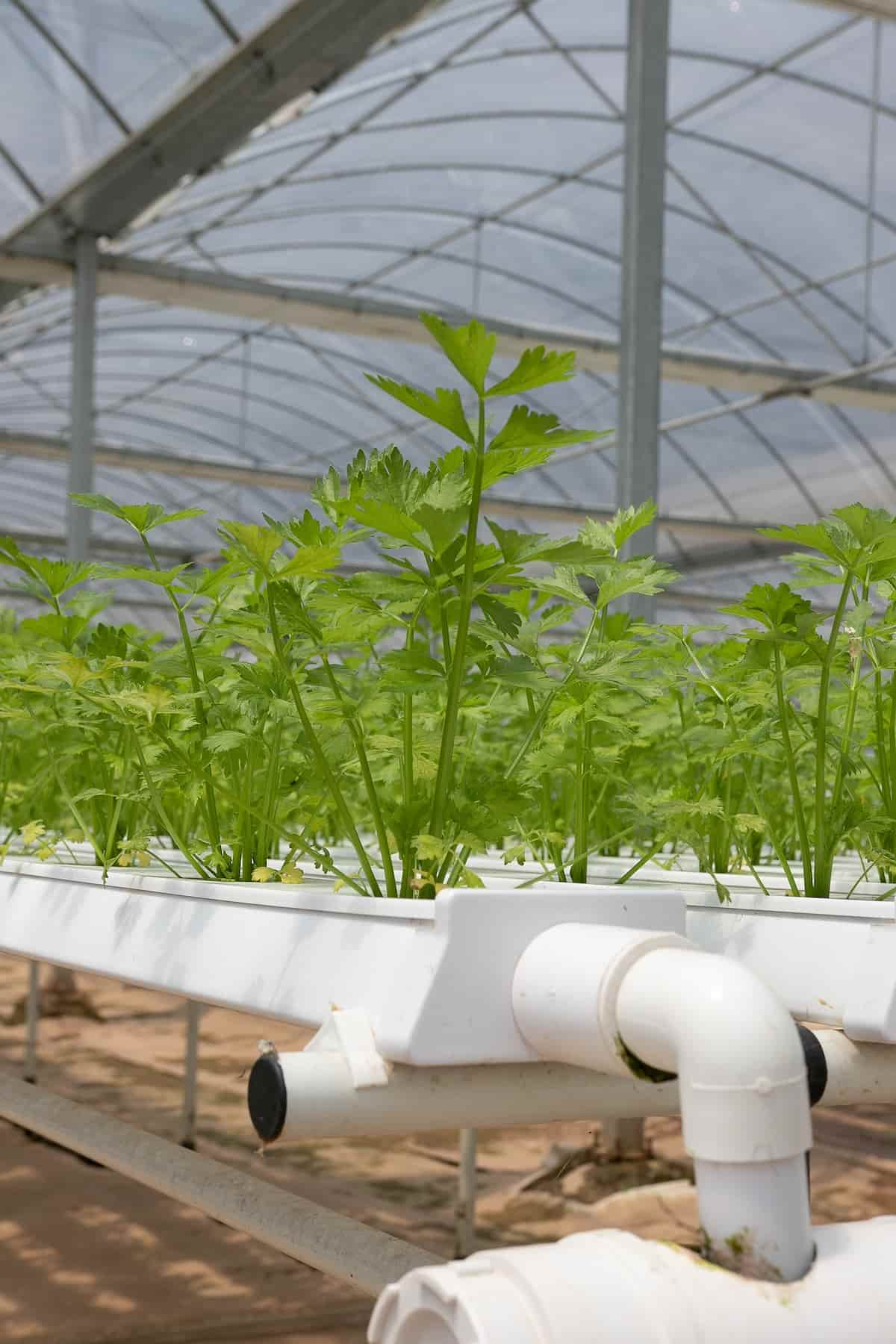
Steps to start hydroponic farming in the Netherlands
It is a type of agriculture where plants are grown in a nutrient-rich water solution without using soil. This farming offers many advantages over traditional soil-based agriculture, including increased yields, reduced water usage, and decreased reliance on pesticides and herbicides. If you’re interested in starting your hydroponic farm in the Netherlands, there are a few things you’ll need to do first:
Choose the right location
Hydroponic farms can be set up indoors or outdoors, but it’s important to choose a location with plenty of sunlight and good drainage.
Set up your grow room or greenhouse
Once you’ve chosen a location for your farm, you’ll need to set up a grow room or greenhouse. This will provide a controlled environment for your plants to thrive in.
Choose the right system
There are many types of hydroponic systems available on the market, so it’s important to do some research and select the best system your need.
Get the right supplies
In addition to a hydroponic system, you’ll also need to purchase growing mediums, nutrients, and other supplies necessary for plant growth.
Start growing
Once you have everything set up and ready to go, you can start planting your crops and watching them grow.
Crops suitable for hydroponics in the Netherlands
A variety of crops can be grown using hydroponic methods in the Netherlands. The most popular crops include tomatoes, cucumbers, lettuce, and herbs. These crops do well in the controlled environment of a greenhouse or indoors under artificial lights. Other vegetables that can be successfully grown with hydroponics in the Netherlands include peppers, eggplants, and squash. These plants require more attention than the other crops mentioned above but can still be successfully grown with hydroponics.
Fruit trees such as citrus and bananas can also be grown with hydroponics in the Netherlands. This method is often used for commercial production of these fruits, as it allows for a higher yield per square meter than traditional methods. The Netherlands is a world leader in hydroponic farming, thanks to the country’s innovative and forward-thinking farmers. Over half of the vegetables grown in the Netherlands are produced using hydroponics. This includes popular crops like tomatoes, cucumbers, and peppers.
In case you missed it: How to Start Poultry Farming in the Netherlands: Business Plan, Breeds, Management, Cost, and Profit
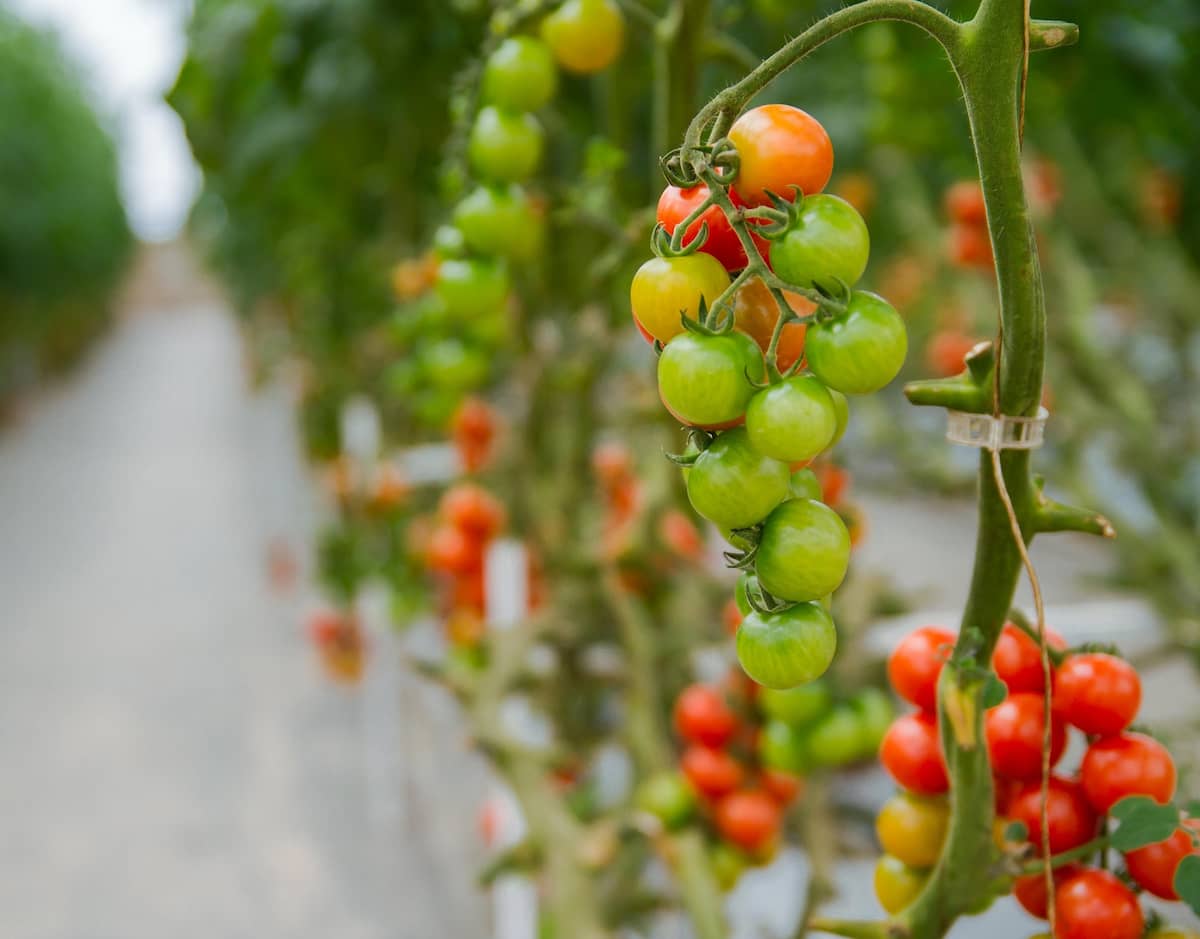
How is hydroponic farming done in the Netherlands?
Hydroponic farming in the Netherlands is done using a variety of methods. The most common method is to grow plants in water enriched with nutrients. This method grows various crops, including tomatoes, cucumbers, lettuce, and herbs. Other hydroponic farming methods in the Netherlands include growing plants in gravel or sand saturated with water and nutrients or using an aeroponic system in which plants are suspended in air and misted with nutrient-rich water.
Hydroponic farming offers many benefits over traditional soil-based farming. For example, hydroponic systems use less water than traditional systems, and they can be located anywhere, even on rooftops, so they are ideal for urban areas. Additionally, hydroponic systems allow farmers to control the environment in which their plants are grown, making it possible to optimize growth conditions for each plant.
Hydroponic farm setup cost in the Netherlands
If you are considering starting a hydroponic farm in the Netherlands, one of the first questions you will want to answer is how much it will cost to set up your operation. The answer to this question depends on several factors, including the size and scope of your farm, the type of hydroponic system you use, and the location of your farm. Setting up a small-scale hydroponic farm in the Netherlands will cost between €2,500 and €5,000. This includes the cost of materials for your hydroponic system and any necessary tools and equipment.
Your start-up costs will be significantly higher if you plan to set up a large-scale commercial operation. Another significant expense is the cost of pumps and other irrigation equipment. Depending on the hydroponic system’s size and complexity, you may need to invest several thousand euros worth of pumps, hoses, and other irrigation equipment. Finally, you must factor in the growing media and nutrient costs.
Different types of hydroponic systems in the Netherlands
The Netherlands’ most common hydroponic system is the NFT (Nutrient Film Technique) system. In this system, plants are grown in long, shallow channels through which a nutrient-rich water solution flow. The roots of the plants are constantly exposed to the flowing water, allowing them to absorb nutrients more effectively than they would from the soil. As a result, NFT systems are very efficient and require little maintenance, but they can be expensive.
Another popular hydroponic system in the Netherlands is the DWC (Deep Water Culture). In this system, plants are grown in containers filled with a nutrient-rich water solution. Then, the roots of the plants are submerged in the water, allowing them to absorb nutrients directly from the solution. DWC systems are simple and inexpensive to set up, but they require regular maintenance to ensure that the roots do not become oxygen-starved.
In case you missed it: How to Start Pig Farming in the Netherlands: Business Plan, Breeds, Cost, Profits, and Management
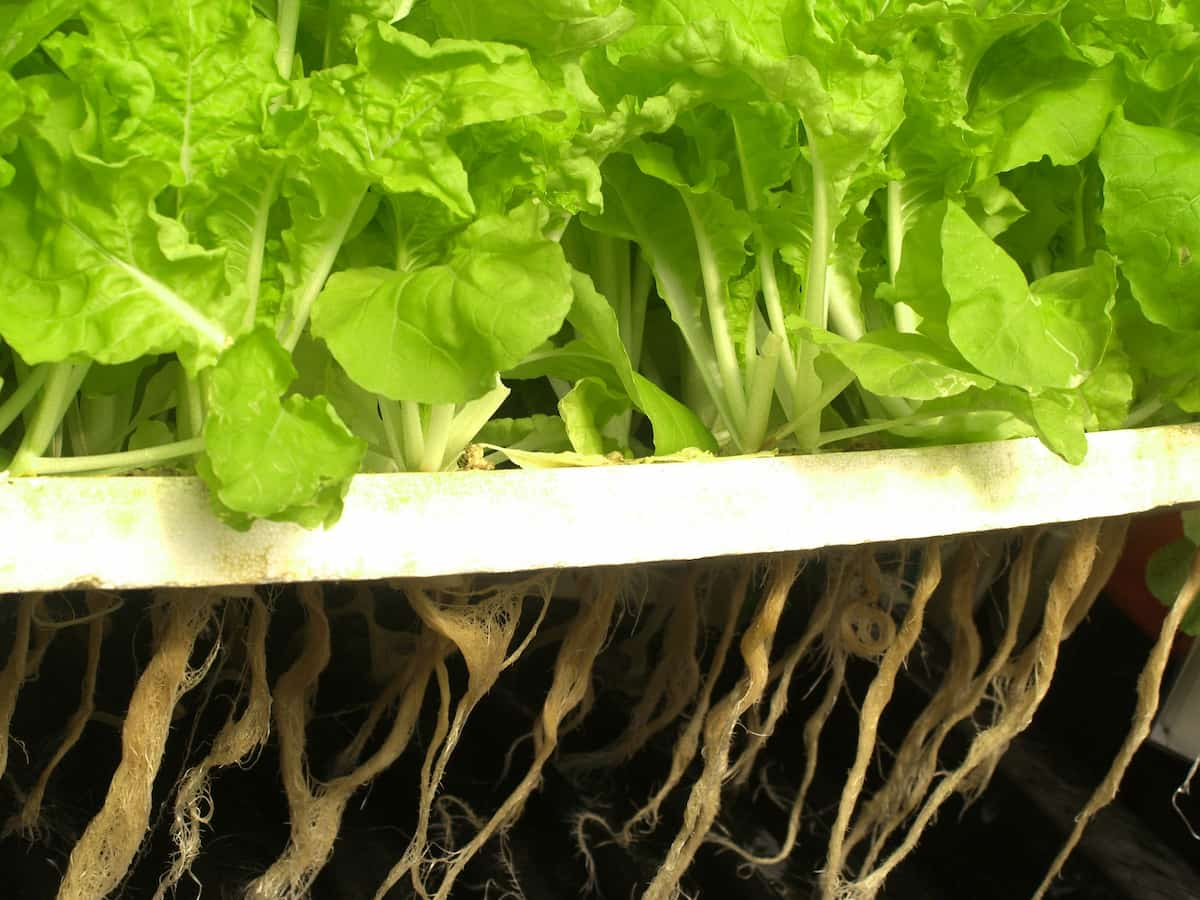
Hydroponic farming setup requirements in the Netherlands
Several requirements must be met to set up a hydroponic farm in the Netherlands. First and foremost, you will need a space to grow your crops. This space can be indoors or outdoors, but it must have enough light and ventilation to support plant growth. Additionally, you will need to set up a system to circulate water and nutrients to your plants. Many types of hydroponic systems are available on the market, so it is important to research and select the one that best meets your needs.
Finally, you will need a constant supply of fresh water and nutrients for your plants. These can be purchased from many companies specializing in hydroponic farming supplies. With proper planning and execution, setting up a hydroponic farm in the Netherlands can be a successful and rewarding experience.
Hydroponic farming challenges in the Netherlands
There are several hydroponic farming challenges in the Netherlands. One of the main challenges is the lack of sunlight. The Netherlands is located in Northern Europe and experiences long, dark winters. This can make it difficult to grow crops using hydroponics. Another challenge is the high cost of equipment and supplies. Hydroponic farming requires specialized equipment that can be expensive.
Additionally, because hydroponic crops are grown in a controlled environment, they often require higher-quality (and thus more expensive) inputs than traditional crops. Finally, labor costs can also be a challenge for hydroponic farmers in the Netherlands. Because hydroponic farms are often highly mechanized, they require fewer workers than traditional farms. However, these workers must be highly skilled and trained to operate the complex equipment used in hydroponics. As a result, labor costs can be relatively high for hydroponic farmers.
Choose the right hydroponics media in the Netherlands
- Various hydroponic media can be used in the Netherlands, and choosing the right one for your farm will depend on several factors. The most common type of hydroponic media is gravel, but other options include sand, clay pellets, and perlite.
- Gravel is the most popular type of hydroponic media in the Netherlands because it is inexpensive and easy to find. However, gravel can be difficult to clean and may not provide enough aeration for your plants.
- Sand is another popular option for hydroponic media in the Netherlands. Sand is cheaper than gravel and provides better aeration for your plants. However, sand can be difficult to keep clean and may compact over time.
- Clay pellets are more expensive for hydroponic media, but they offer several advantages over gravel and sand. Clay pellets are easy to clean and provide excellent plant drainage and aeration. However, clay pellets can be difficult to find in the Netherlands.
- Perlite is the most expensive option for hydroponic media, but it offers several advantages over other media types. Perlite is lightweight and sterile, making it ideal for hydroponic systems. Perlite also provides excellent drainage and aeration for your plants.
In case you missed it: How to Start Fish Farming in the Netherlands: Business Plan, RAS, Breeds, Set up Cost, Profit, and Management
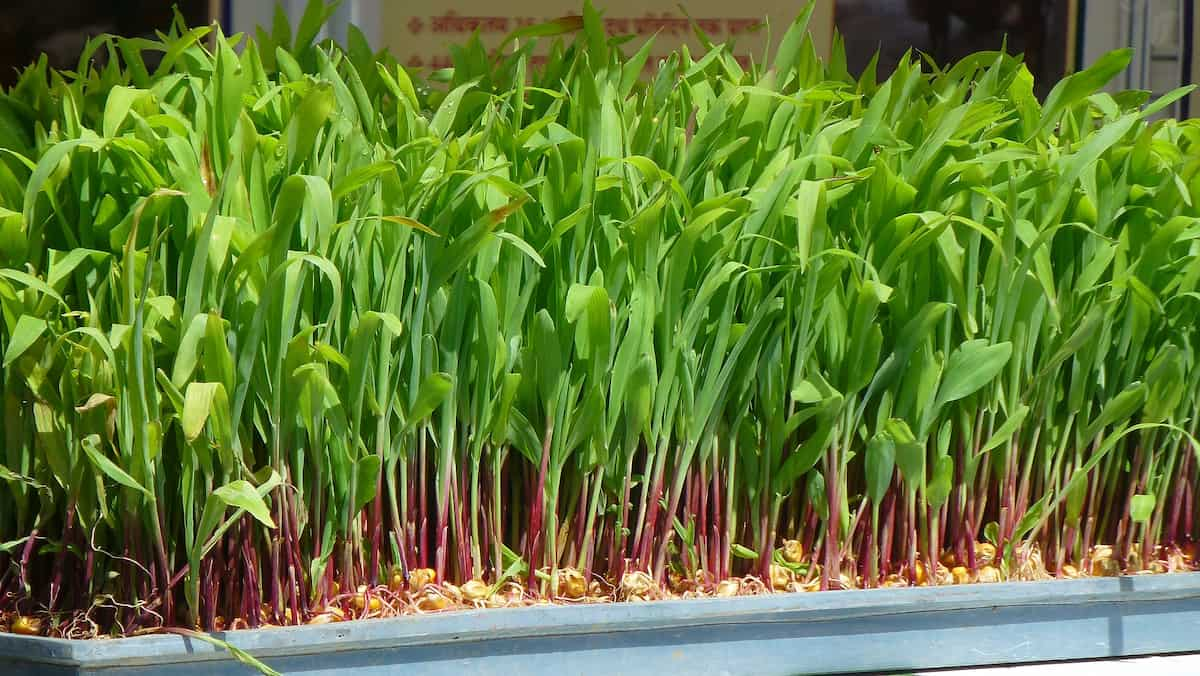
Hydroponic farming problems in the Netherlands
The Netherlands is home to the world’s leading hydroponic farmers, but the industry is not without problems. One of the biggest challenges facing hydroponic farmers in the Netherlands is the high energy cost. The country’s reliance on natural gas means electricity prices are among the highest in Europe. This has led to several Dutch hydroponic farmers switching to sustainable energy sources such as wind and solar.
Another problem facing Dutch hydroponic farmers is the country’s strict environmental regulations. These regulations, designed to protect the environment, can make it difficult and expensive for farmers to comply. As a result, many hydroponic farms in the Netherlands have been forced to close down to other countries where environmental regulations are not as stringent.
Despite these challenges, the Dutch hydroponic farming industry continues to grow and thrive. Thanks to the country’s climate and soil conditions, which are ideal for growing crops without soil, Dutch hydroponic farmers can produce high-quality fruits and vegetables all year round. And with more and more consumers becoming interested in eating healthy, locally-grown food, demand for Dutch hydroponic produce is only likely to increase in the future.
Conclusion
The Netherlands is a world leader in hydroponic agriculture, with over half of the country’s greenhouse vegetables being grown using this method. Many Dutch farms have been using hydroponics for decades, and the technology is constantly evolving. New advances in hydroponic systems and techniques are helping farmers to increase yields and reduce costs even further. The climate and geography of the Netherlands make it an ideal place for hydroponic farms, and as a result, the country produces a huge amount of food using this method.
- Types of Pesticides Used in Agriculture: A Beginner’s Guide
- Economical Aquaculture: A Guide to Low-Budget Fish Farming
- 15 Common Planting Errors That Can Doom Your Fruit Trees
- How to Make Houseplants Bushy: Effective Tips and Ideas
- Innovative Strategies for Boosting Coconut Pollination and Yield
- Pollination Strategies for Maximum Pumpkin Yield
- The Complete Guide to Chicken Fattening: Strategies for Maximum Growth
- Natural Solutions for Tulip Problems: 100% Effective Remedies for Leaf and Bulb-Related Issues
- Revolutionizing Citrus Preservation: Towards a Healthier, Greener Future
- Natural Solutions for Peony Leaf and Flower Problems: 100% Effective Remedies
- Maximizing Profits with Avocado Contract Farming in India: A Comprehensive Guide
- Natural Solutions for Hydrangea Problems: 100% Effective Remedies for Leaf and Flowers
- The Ultimate Guide to Choosing the Perfect Foliage Friend: Bringing Life Indoors
- From Sunlight to Sustainability: 15 Ways to Use Solar Technology in Agriculture
- The Ultimate Guide to Dong Tao Chicken: Exploring from History to Raising
- The Eco-Friendly Makeover: How to Convert Your Unused Swimming Pool into a Fish Pond
- Mastering the Art of Delaware Chicken Farming: Essentials for Healthy Backyard Flocks
- 20 Best Homemade Fertilizers for Money Plant: DIY Recipes and Application Methods
- How to Craft a Comprehensive Free-Range Chicken Farming Business Plan
- Brighten Your Flock: Raising Easter Egger Chickens for Beauty and Bounty
- How to Optimize Your Poultry Egg Farm Business Plan with These Strategies
- Subsidy for Spirulina Cultivation: How Indian Government Schemes Encouraging Spirulina Farmers
- Ultimate Guide to Raising Dominique Chickens: Breeding, Feeding, Egg-Production, and Care
- Mastering the Art of Raising Jersey Giant Chickens: Care, Feeding, and More
- Ultimate Guide to Raising Legbar Chickens: Breeding, Farming Practices, Diet, Egg-Production
- How to Raise Welsummer Chickens: A Comprehensive Guide for Beginners
- How to Protect Indoor Plants in Winter: A Comprehensive Guide
- Ultimate Guide to Grow Bag Gardening: Tips, Tricks, and Planting Ideas for Urban Gardeners
- Guide to Lotus Cultivation: How to Propagate, Plant, Grow, Care, Cost, and Profit
- Agriculture Drone Subsidy Scheme: Government Kisan Subsidy, License, and How to Apply Online
- Ultimate Guide to Raising Araucana Chickens: Breed Profile, Farming Economics, Diet, and Care
- Bringing Hydroponics to Classroom: Importance, Benefits of Learning for School Students
- Ultimate Guide to Raising Polish Chickens: Breed Profile, Farming Economics, Diet, and Care
- Ultimate Guide to Raising Australorp Chickens: Profile, Farming Economics, Egg Production, Diet, and Care
- Silkie Chicken Farming: Raising Practices, Varieties, Egg Production, Diet, and Care
- Sussex Chicken Farming: Raising Practices, Varieties, Egg Production, Diet and Care